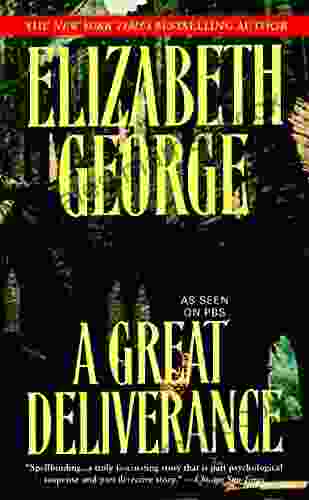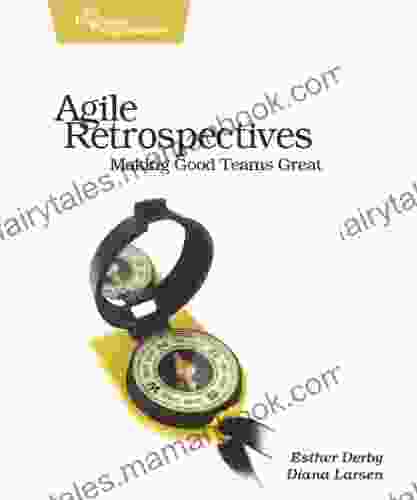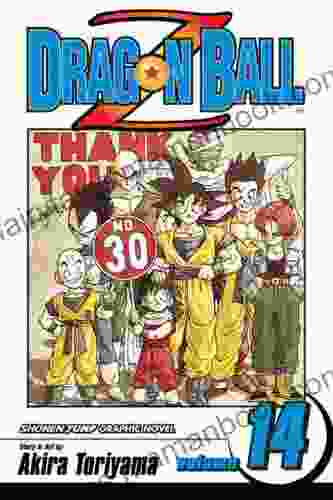Agile Retrospectives: Making Good Teams Great

Agile retrospectives are a powerful tool for continuous improvement in agile teams. They provide a structured opportunity for teams to reflect on their recent performance, identify areas for improvement, and plan actions to address those areas.
4.6 out of 5
| Language | : | English |
| File size | : | 4348 KB |
| Text-to-Speech | : | Enabled |
| Screen Reader | : | Supported |
| Enhanced typesetting | : | Enabled |
| X-Ray | : | Enabled |
| Word Wise | : | Enabled |
| Print length | : | 178 pages |
When done well, retrospectives can help teams to:
- Improve their communication and collaboration
- Identify and resolve bottlenecks
- Increase their productivity and efficiency
- Build a more positive and supportive team culture
- Ultimately, deliver better products and services to their customers
However, retrospectives can also be a waste of time if they are not conducted effectively. In this article, we will provide a comprehensive guide to conducting effective retrospectives, including tips, techniques, and best practices.
Preparation
The first step in conducting an effective retrospective is to prepare. This includes:
- Setting a clear goal for the retrospective. What do you want to achieve by the end of the session? Do you want to identify areas for improvement in your sprint process? Do you want to improve team communication? Once you have a clear goal, you can tailor the retrospective to meet your specific needs.
- Gathering data. This can include collecting feedback from team members, reviewing project metrics, and conducting user research. The more data you have, the better equipped you will be to identify areas for improvement.
- Creating a safe and open environment. Team members need to feel comfortable sharing their thoughts and ideas without fear of judgment. This means creating an environment where everyone feels respected and valued.
Facilitation
The next step is to facilitate the retrospective. This involves:
- Leading the discussion. The facilitator should guide the team through the retrospective process, ensuring that everyone has a chance to participate and that the discussion stays on track.
- Using tools and techniques. There are a number of tools and techniques that can be used to facilitate retrospectives. Some popular tools include the "Start, Stop, Continue" exercise, the "Mad, Sad, Glad" exercise, and the "Five Whys" technique.
- Capturing action items. As the team identifies areas for improvement, it is important to capture action items that will address those areas. These action items should be specific, measurable, achievable, relevant, and time-bound (SMART).
Follow-up
The final step in the retrospective process is to follow up. This involves:
- Checking in on progress. Once the retrospective is complete, it is important to check in on progress regularly to ensure that the action items are being addressed.
- Making adjustments. As the team makes progress, it may be necessary to adjust the action items or the retrospective process itself.
- Celebrating successes. It is important to celebrate the team's successes, both big and small. This will help to motivate the team and build a positive team culture.
Tips for Conducting Effective Retrospectives
Here are some additional tips for conducting effective retrospectives:
- Keep it short. Retrospectives should be no longer than 90 minutes. Any longer and the team will start to lose focus.
- Invite everyone. All team members should be invited to participate in the retrospective. This includes remote team members and stakeholders.
- Be open-minded. The goal of a retrospective is to improve the team's performance. This means being open to new ideas and suggestions, even if they challenge the status quo.
- Be respectful. Everyone's opinion is valued. Even if you disagree with someone, be respectful of their opinion.
- Have fun. Retrospectives should be a positive experience. Don't be afraid to have some fun and enjoy the process.
Agile retrospectives are a powerful tool for continuous improvement in agile teams. When done well, retrospectives can help teams to
- Identify and resolve bottlenecks
- Improve their communication and collaboration
- Increase their productivity and efficiency
- Build a more positive and supportive team culture
- Ultimately, deliver better products and services to their customers
By following the tips and techniques outlined in this article, you can conduct effective retrospectives that will help your team to reach its full potential.
4.6 out of 5
| Language | : | English |
| File size | : | 4348 KB |
| Text-to-Speech | : | Enabled |
| Screen Reader | : | Supported |
| Enhanced typesetting | : | Enabled |
| X-Ray | : | Enabled |
| Word Wise | : | Enabled |
| Print length | : | 178 pages |
Do you want to contribute by writing guest posts on this blog?
Please contact us and send us a resume of previous articles that you have written.
 Top Book
Top Book Novel
Novel Fiction
Fiction Nonfiction
Nonfiction Literature
Literature Paperback
Paperback Hardcover
Hardcover E-book
E-book Audiobook
Audiobook Bestseller
Bestseller Classic
Classic Mystery
Mystery Thriller
Thriller Romance
Romance Fantasy
Fantasy Science Fiction
Science Fiction Biography
Biography Memoir
Memoir Autobiography
Autobiography Poetry
Poetry Drama
Drama Historical Fiction
Historical Fiction Self-help
Self-help Young Adult
Young Adult Childrens Books
Childrens Books Graphic Novel
Graphic Novel Anthology
Anthology Series
Series Encyclopedia
Encyclopedia Reference
Reference Guidebook
Guidebook Textbook
Textbook Workbook
Workbook Journal
Journal Diary
Diary Manuscript
Manuscript Folio
Folio Pulp Fiction
Pulp Fiction Short Stories
Short Stories Fairy Tales
Fairy Tales Fables
Fables Mythology
Mythology Philosophy
Philosophy Religion
Religion Spirituality
Spirituality Essays
Essays Critique
Critique Commentary
Commentary Glossary
Glossary Bibliography
Bibliography Index
Index Table of Contents
Table of Contents Preface
Preface Introduction
Introduction Foreword
Foreword Afterword
Afterword Appendices
Appendices Annotations
Annotations Footnotes
Footnotes Epilogue
Epilogue Prologue
Prologue Inc Barcharts
Inc Barcharts Blythe Gifford
Blythe Gifford Solomon Carter
Solomon CarterC O B
 Win Scott Eckert
Win Scott Eckert Phoebe Wang
Phoebe Wang Dan Winchester
Dan Winchester Sienna Frost
Sienna Frost Dr Velma Bagby
Dr Velma Bagby Marguerite Roza
Marguerite Roza Ian Marshall
Ian Marshall Lynn M Sargeant
Lynn M Sargeant Dominique Enright
Dominique Enright Rachel Amphlett
Rachel Amphlett Tony Healey
Tony Healey Shoshana Vegh
Shoshana Vegh Ross Davis
Ross Davis Akira Toriyama
Akira Toriyama Jorie Graham
Jorie Graham Eric Sellin
Eric Sellin
Light bulbAdvertise smarter! Our strategic ad space ensures maximum exposure. Reserve your spot today!

 Darren BlairThe Room of Spirit and Time: A Detailed Exploration of the Hyperbolic Time...
Darren BlairThe Room of Spirit and Time: A Detailed Exploration of the Hyperbolic Time... Brandon CoxFollow ·9k
Brandon CoxFollow ·9k Jack ButlerFollow ·9.6k
Jack ButlerFollow ·9.6k Kelly BlairFollow ·10.8k
Kelly BlairFollow ·10.8k Henry GreenFollow ·14.6k
Henry GreenFollow ·14.6k Roger TurnerFollow ·3.5k
Roger TurnerFollow ·3.5k Frank ButlerFollow ·19.8k
Frank ButlerFollow ·19.8k Harry CookFollow ·11.7k
Harry CookFollow ·11.7k Mario BenedettiFollow ·18.8k
Mario BenedettiFollow ·18.8k

 Edwin Cox
Edwin CoxThe Great Deliverance Inspector Lynley: A Literary...
: In the realm of detective fiction,...

 Christian Carter
Christian CarterMetal Gear Solid Ground Zeroes Guide, Walkthrough, Tips,...
Metal Gear Solid...

 Branden Simmons
Branden SimmonsYellow Green: Not an Autobiography of Marcy Chen
Yellow Green:...

 Edward Reed
Edward ReedPurple Orchids: An Artistic Tale of Two Sisters in the...
Prologue: A Legacy Unveiled In the...

 Earl Williams
Earl WilliamsThe Evolving Housing Market Dynamics in Africa:...
The African housing market is a...

 William Faulkner
William FaulknerVoices In My Head: A Cerebral Symphony of Terror
In the labyrinthine...
4.6 out of 5
| Language | : | English |
| File size | : | 4348 KB |
| Text-to-Speech | : | Enabled |
| Screen Reader | : | Supported |
| Enhanced typesetting | : | Enabled |
| X-Ray | : | Enabled |
| Word Wise | : | Enabled |
| Print length | : | 178 pages |










